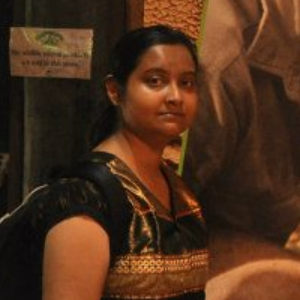Title: Sensor assisted smart agriculture for futuristic hunger free world
Abstract:
By 2050, it is expected that there will be 9.7 billion people on the planet, which would provide a serious threat to food security. The increasing need for food has made traditional agricultural practices insufficient, so innovative technology must be adopted to increase production and sustainability. In this sense, it seems that the application of biosensors in agriculture is forging new ground, revolutionizing conventional farming methods and paving the way for precision farming (Gangopahyay et al, 2024). Biosensors—which are unique in that they can identify specific biological components and translate that information into quantifiable signals—have drawn a lot of interest from the agricultural community, with a focus on their potential applications in precision farming in the future. This study offers a thorough discussion of sensor-assisted smart agriculture's present situation as well as its potential going forward to achieve a hunger-free world. Moreover, we also discuss about how sensor data is processed using data analytics and machine learning to give farmers predicted insights and decision help. The presented paper will also address a case study-based approach is employed to demonstrate the practical implementation of sensor-assisted smart agriculture (An IoT enabled Aeroponics system: Application number- 20243100915) which showcase successful deployments of sensor networks in vertical farming management. The adoption of sensor-assisted smart agriculture strategies where basic farming system is meet with application of engineering for making agriculture more profitable not only promote increasing food production and reducing waste which may contribute to food security and poverty alleviation also presents a viable pathway towards a futuristic hunger-free world.



